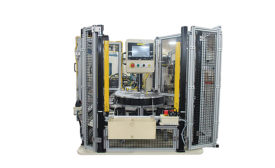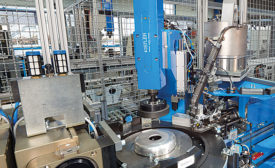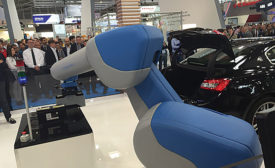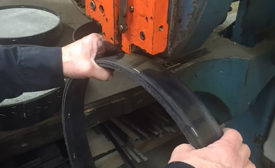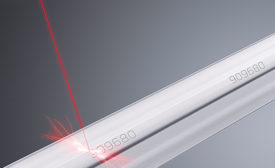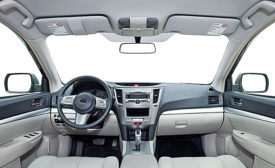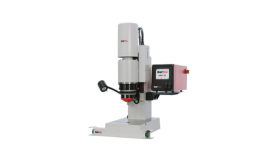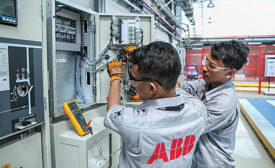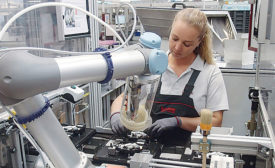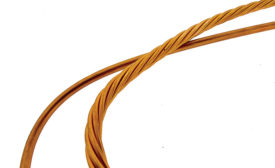Featured on Home Page
A system that runs like clockwork doesn’t happen by accident.
Read More
What’s New With Servo Presses
Needing more precision, energy efficiency and traceability data from their assembly presses, manufacturers are increasingly turning to servo-driven models.
September 8, 2016
Robots Stand Out at Automatica
Suppliers from around the world displayed the latest assembly technology at Automatica 2016.
August 4, 2016
Metal Stitching Joins Dissimilar Materials
Metal stitching can create strong joints in a variety of materials quickly and cost-effectively.
August 4, 2016
Lasers for Marking Parts
When the application calls for a high volume of parts to be permanently marked, a laser-based system is the best choice.
August 4, 2016
Conformal Coatings Protect Automotive Electronics
Conformal coatings protect and electrically insulate circuit board components from environmental stresses.
August 4, 2016
Orbital and Radial Forming for Delicate Assemblies
New technologies are enabling orbital and radial forming equipment to tackle sophisticated assembly applications.
August 4, 2016
Power Distribution Gets Smart
The ‘smart grid’ is transforming an age-old industry.
August 4, 2016
Special Report: State of the Profession 2016
New tools and technologies help level the playing field.
July 1, 2016
Choose the Best Parts for Your Wire Harness
Each component of a wire harness can affect the performance of the finished product
July 1, 2016
Never miss the latest news and trends driving the manufacturing industry
Stay in the know on the latest assembly trends.
JOIN TODAY!Copyright ©2024. All Rights Reserved BNP Media.
Design, CMS, Hosting & Web Development :: ePublishing
